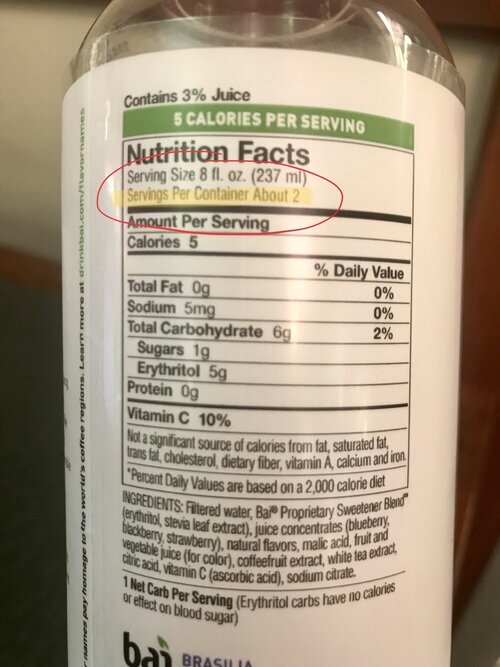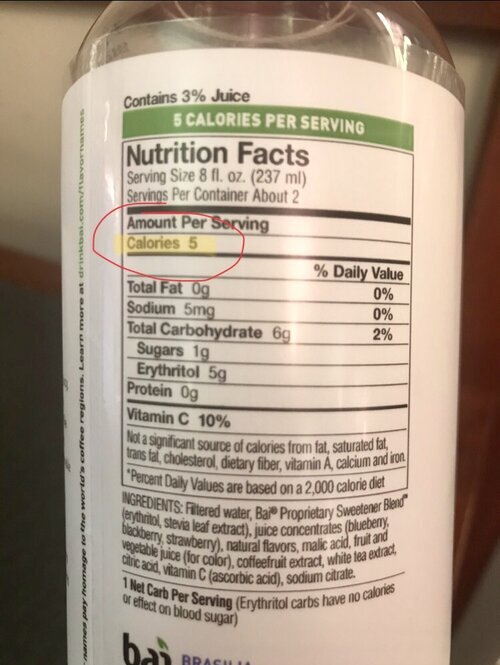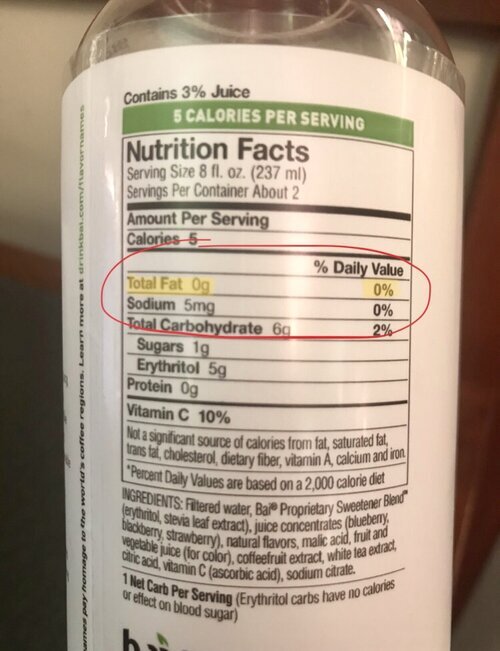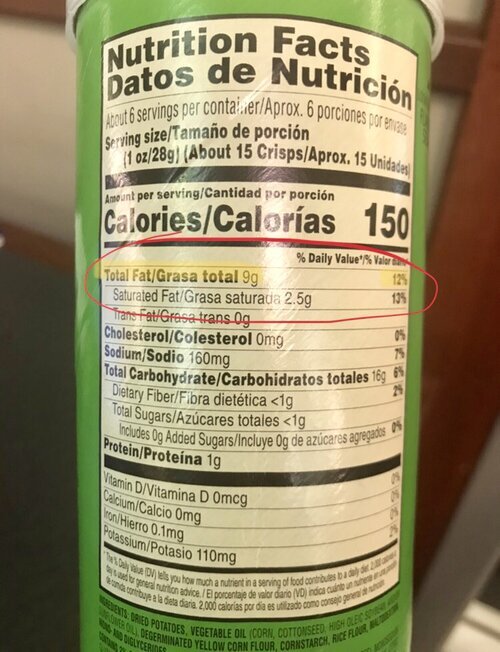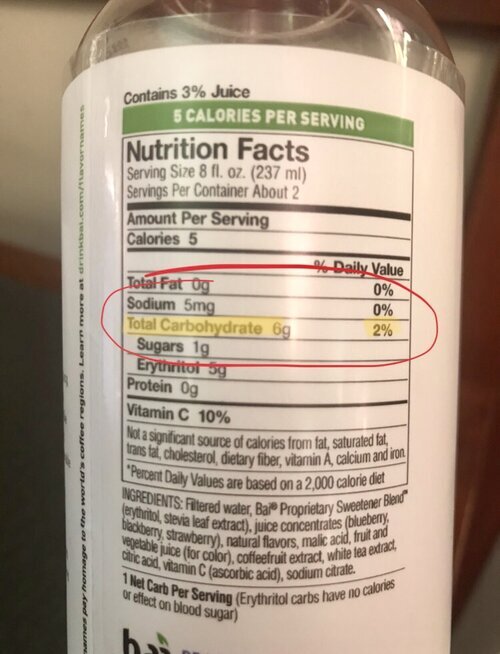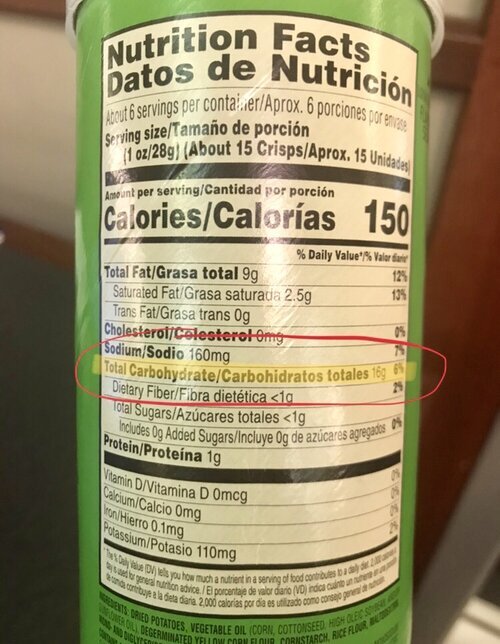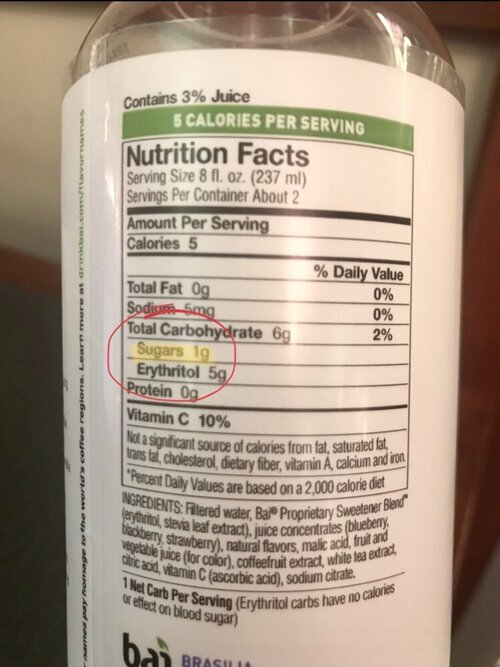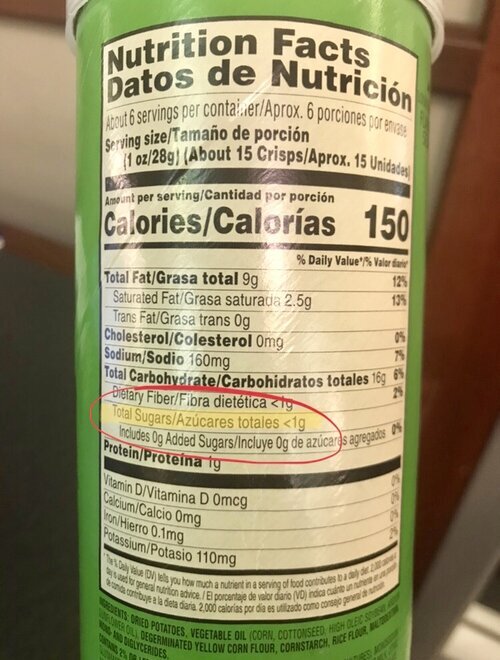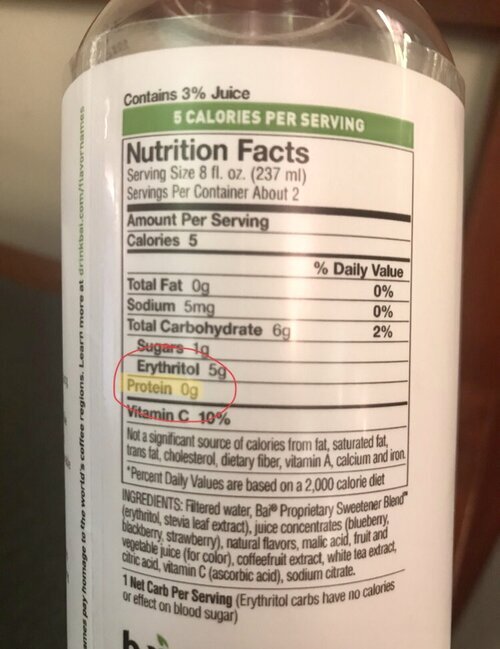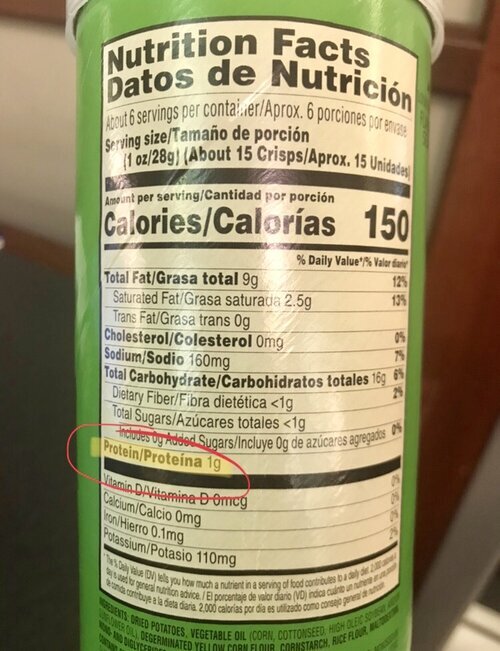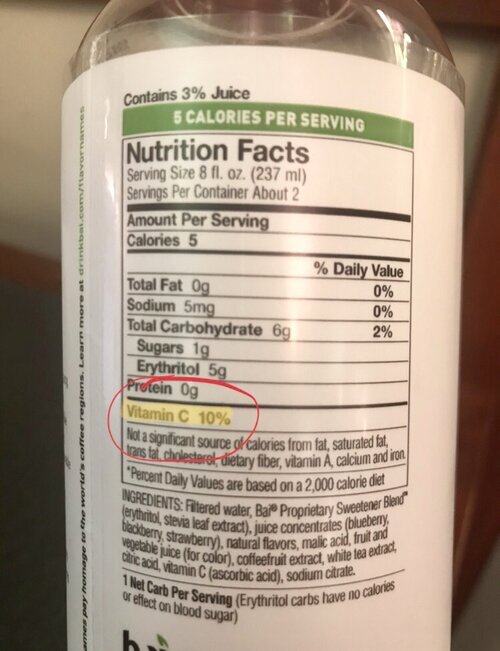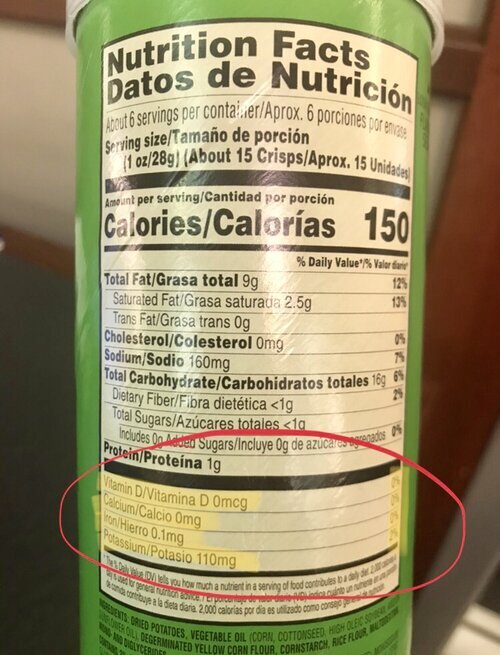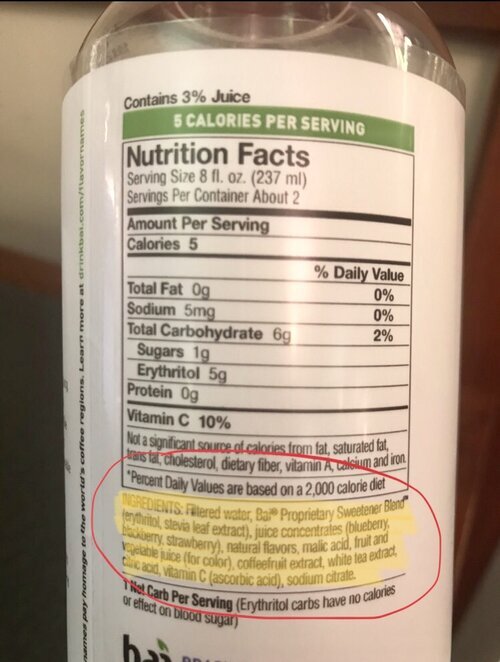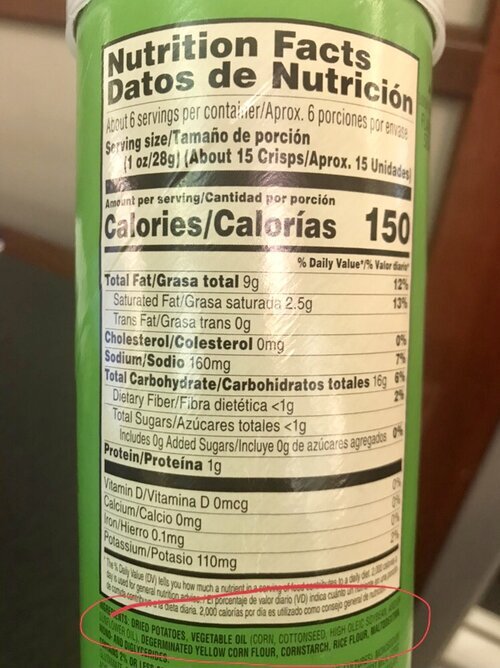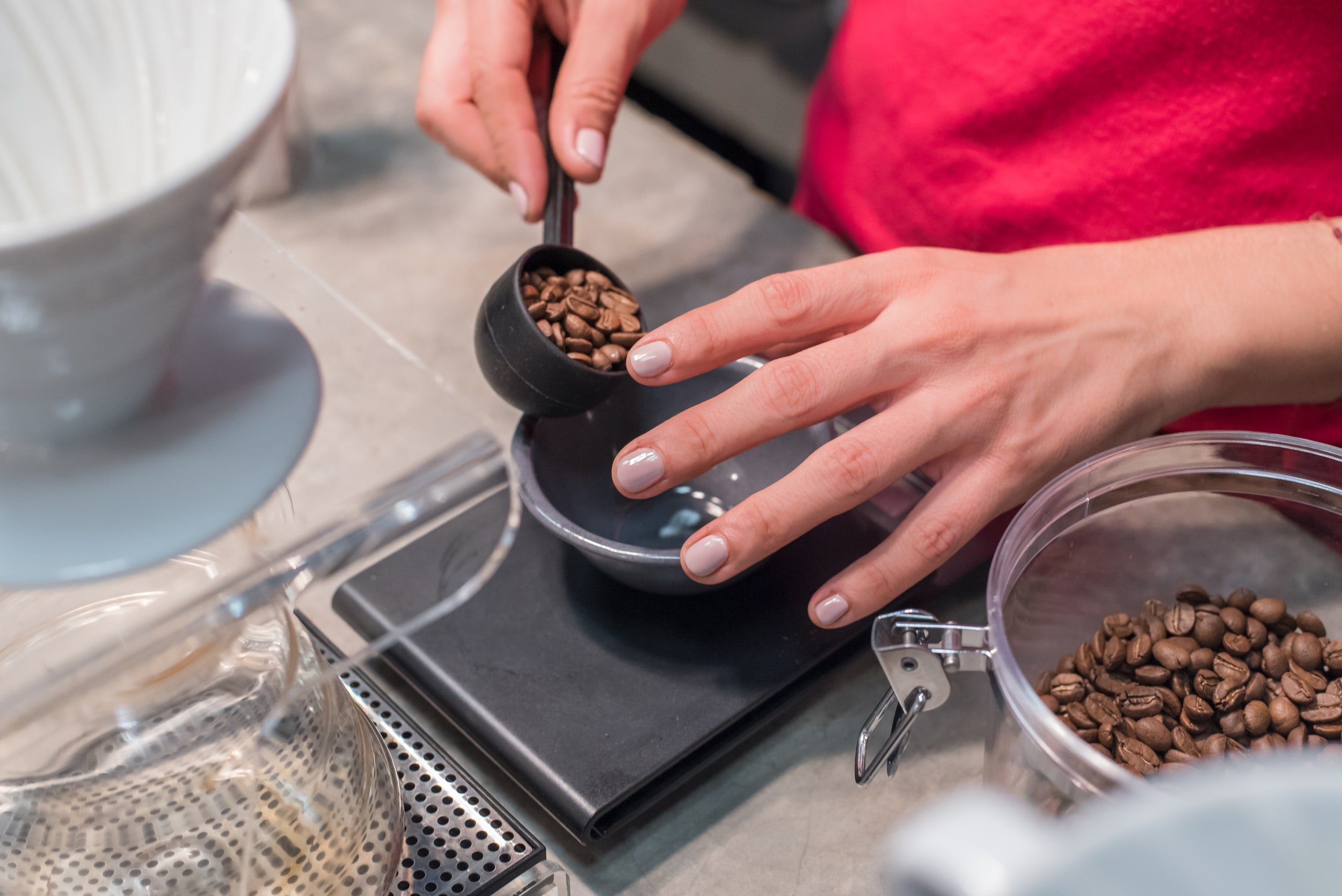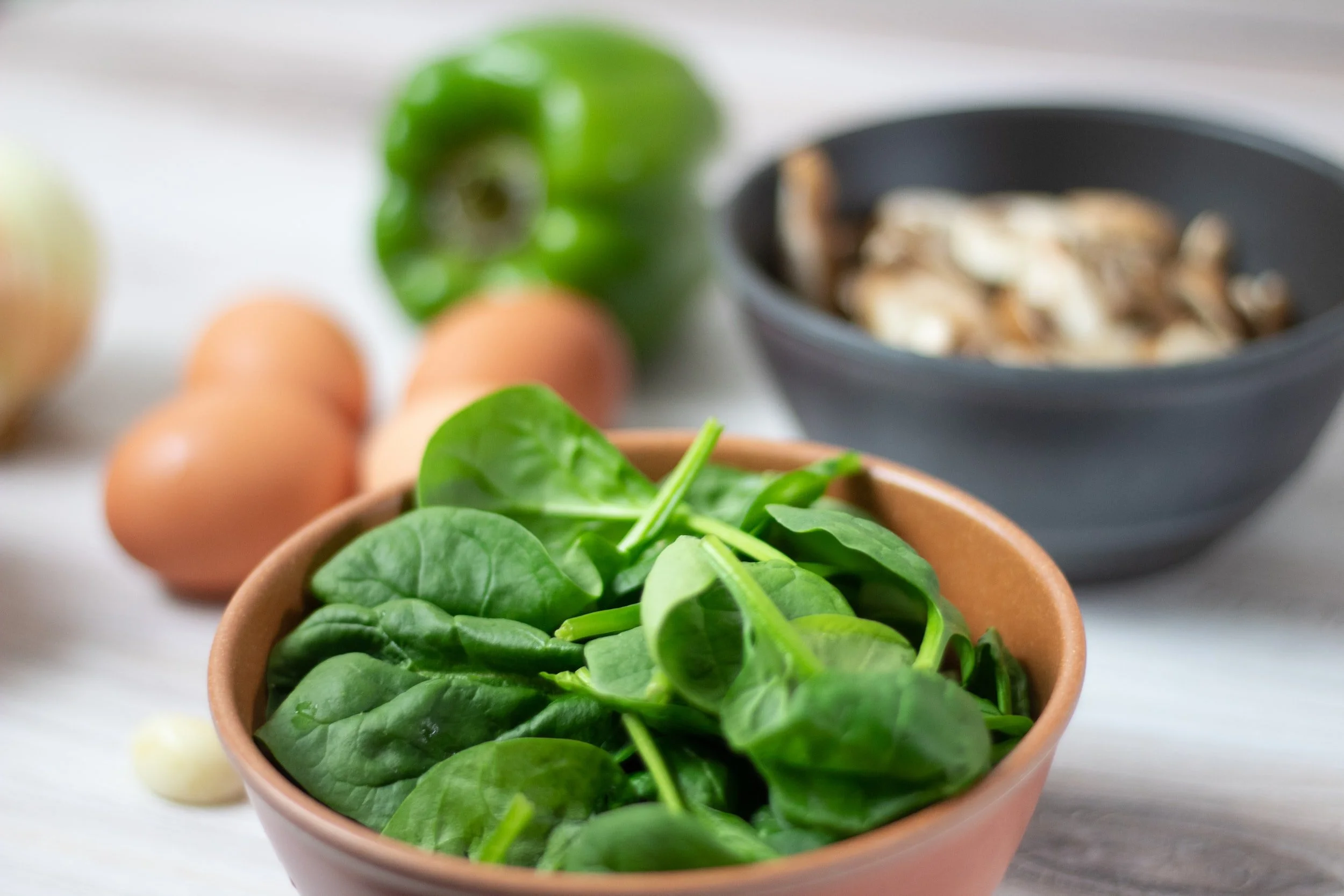How to Read a Food Label
Updated November 2023
As an Amazon Associate, I earn from qualifying purchases. I also get commissions from other companies for purchases made through links in this post.
Something that can be so confusing is food labels. All you know is that the front of the packaging tells you that the item is low-fat, heart-healthy, or has no sugar in it. And this may definitely be true. But in some cases, it is false advertising. The FDA (Food and Drug Administration) is in charge of keeping on top of this and has been getting better over the years for sure. But sometimes, an alteration of the truth can still get by. But there is a way you can figure this out on your own!
Turn the food or drink item around, and there is a label that lists out all of the nutrients, their proportions and the ingredients. But sometimes, it appears to just be a lot of words and numbers, so I hope this post will help you finally feel comfortable navigating through the mess!
Important Items to Read
Serving size
Calories
Fat
Carbs
Sugar
Protein
Vitamins and minerals
Ingredient list
I have taken pictures of labels from a Sour Cream and Onion Pringles container (the bigger size) and a Blueberry Bai antioxidant infusion drink to use as examples to show you how to identify the items listed above.
Serving Size
So you can see with the Bai drink that there are about two servings in one container. That means that everything else on the label, all the amounts and percentages, is only pertaining to half the bottle.
For example, if the bottle said it was 100 calories, then that would be for one serving. If you drank the whole bottle then you would be actually consuming 200 calories.
For the Pringles container, it lists six servings. That means you would have to multiply everything below it by six in order to get the correct amounts of what the whole container has.
Calories
On the Bai bottle, it says that there are five calories per serving. This is fairly low, but most drinks are. Drinks that are high in calories would be sodas, slushies, hot chocolate, etc. On the Pringles can, it reads 150 calories per serving. So, if you ate 1/3 of the can, then you would be consuming 300 calories.
Fat
Fat is one of the three macronutrients and is very important to pay attention to. The Bai bottle lists zero grams of fat. This is common for drinks because it comes in a liquid form. There are good fats and bad fats, so it is helpful to be able to distinguish which of them you are ingesting, but with drinks, you usually don’t have to worry.
As for the Pringles, it states that there are nine grams of fat. This is when you need to determine if you are eating good or bad fats. In order to know, you can look below and see what kind of fats are listed. You can look up what types are which, as my post about it is still pending! You can also see on the far right side what percentage of your daily needs is met by the fat amount.
On the Bai bottle, it says 0%, and on the Pringles, it says 12%. Keep in mind that these are government recommendations for the average person.
Carbs
Next listed are the carbs. For the Bai bottle, it says six grams of carbs, which is 2% of the average person’s daily intake. And the Pringles are a bit higher, at 16 grams, which equals 6%. Carbs is the second macronutrient that is important to know.
Sugar
In my opinion, sugar is one of the most important things listed on a label. This can make or break whether an item is actually “healthy”.
As for the Bai, it is actually not bad at all; only one gram is listed. Water would be at zero grams, but anything like soda or coffee with any added sugars or creams is much higher. It is better to avoid drinks like those altogether. There is also the topic of juices. These have a lot of sugar because of the natural sugar that comes from fruits. I think these are still fine to drink, as long as none of the sugar is added or artificial.
The Pringles have less than one gram of sugar, so that is very good. When it comes to packaged snacks like chips and pretzels, the amount of sugar is usually not too bad, but when you get into cookies and donuts and such, the numbers will be through the roof. Either way, fruits and vegetables are always a safe bet when it comes to what to snack on!
Protein
Protein is the last of the three macronutrients. Drinks typically don’t have any protein, as the Bai bottle shows, with zero grams unless they are protein shakes (affiliate link) or health drinks. Foods can have a variety of amounts of protein, especially if they are meats or grains. The Pringles bottle shows that there is only 1 gram of protein per serving in this container.
Vitamins and Minerals
Beneath all that we just went over is the list of vitamins and minerals. Now, these can vary greatly depending on the food or drink, but the more that is listed, the better.
On the Bai bottle, only one vitamin is listed, and that is Vitamin C. It says that 10% of the average person’s daily needs are met by one serving. And then when we look at the Pringles container, there are four vitamins listed. This may lead you to think that there is a lot of nutrition in it because of that, but that is not always the case.
Companies are allowed to list multiple nutrients and then simply put 0% by it. That looks to be the case with three of the four items here. The last one, potassium, reads 110 mg, which is 2% of one’s daily needs. That is barely anything, but still something worth listing for the manufacturer for the consumer’s education.
Ingredient List
Lastly, there are listed the ingredients. Getting down to it, the shorter the list, the better…the exact opposite of what I just said about the vitamins and minerals. The Pringles are actually not too bad because the list isn’t crazy long.
You notice that the first ingredients you recognize, but once you get to the last few, those are iffy. If you don’t know what it is, you probably shouldn’t be putting it in your body. As for the Bai, the list of ingredients is a little longer. You can recognize the ingredients at the top but probably aren’t exactly sure what the ingredients are at the bottom.
Some Extra Tips
Granola bars are assumed to be healthy. We see “active and fit” people eating them in many commercials,
and nearly everyone has had a Clif bar. But these granola bars represent candy bars more than you think. Why? Because of the crazy amounts of sugar they can contain. Make sure to check the label before purchasing a “healthy” snack! I try to not go above 10 g of sugar per serving.
Something that can have high amounts of fat is salad dressing. Nowadays, many of their front labels read “low fat”, and that is there for a reason. You are eating a salad filled with nutrients and thinking that it is a clean meal. But in reality, you are consuming a high amount of fat, and not the healthy kind. Be sure to read the label before purchasing salad dressing at the store next time, especially with Ranch, and lean towards the low-fat items to keep that salad truly clean.
Final Thoughts
It is important that you read the labels on every food item you eat. For the most part, fruits and vegetables will not have any labels in addition to some meats. But you do not need to worry about those items nearly as much as you do packaged items. The more you read, the more you will become aware of what you are actually putting in your body.
Reading food and drink labels is a great way to take your health to the next level and help you finally achieve your goals with both losing fat, gaining muscle, or just becoming healthier overall!

